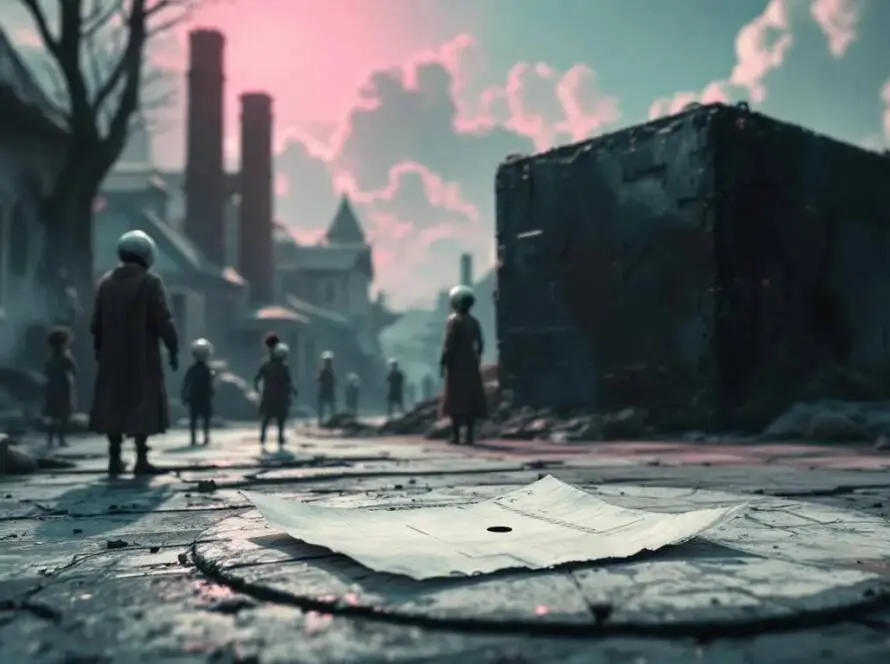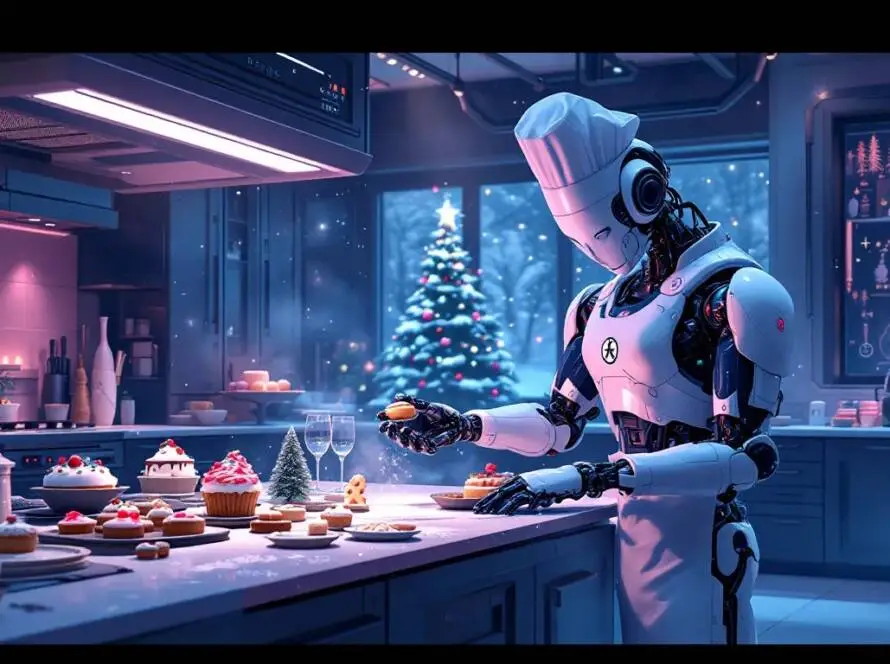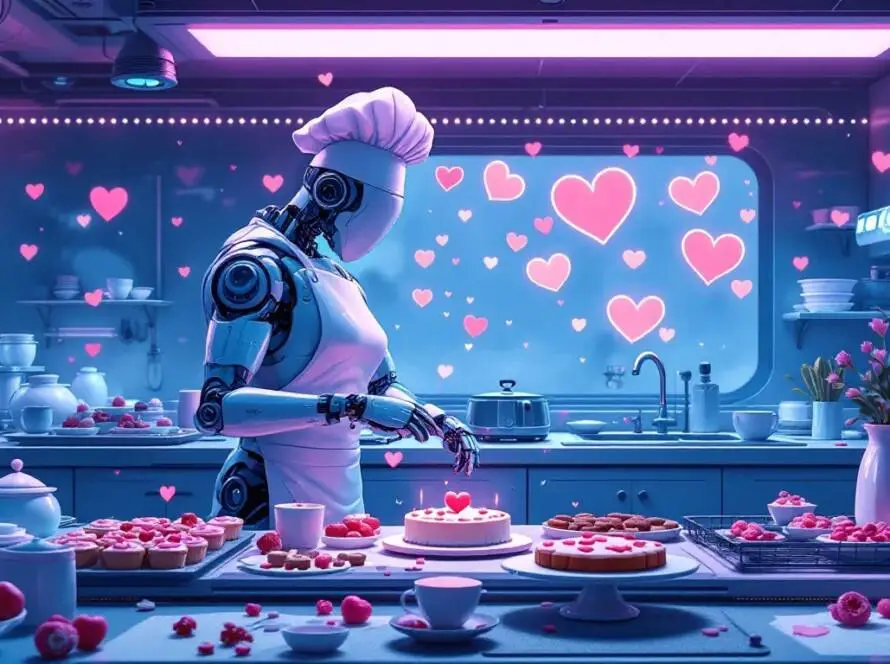Witches have long been associated with Halloween, and their connection to the holiday is steeped in history, folklore, and cultural symbolism. Here’s an exploration of the relationship between witches and Halloween, including their historical roots, cultural significance, and modern representations.
Historical Roots
-
Pagan Traditions: The association of witches with Halloween can be traced to ancient pagan traditions, particularly those associated with the Celtic festival of Samhain. During Samhain, it was believed that the veil between the living and the dead was thin, and people would engage in rituals to honor the dead and ward off malevolent spirits. Witches, often seen as practitioners of magic and healers, were believed to have a special connection to the spirit world.
-
The Witch Hunts: The witch hunts of the late medieval and early modern periods in Europe and colonial America significantly shaped contemporary perceptions of witches. Accusations of witchcraft often led to trials and executions, fueled by fear, superstition, and societal tensions. The image of the witch as a malevolent figure became entrenched in popular culture, often depicted as a mature woman with supernatural powers.
-
Folklore and Mythology: Witches appear in various folklore and mythological traditions worldwide. They are often portrayed as figures capable of casting spells, brewing potions, and communicating with spirits. These stories contributed to the mystique surrounding witches and their association with Halloween.
Cultural Significance
-
Symbols of the Supernatural: Witches are often seen as supernatural figures, embodying themes of magic, mystery, and the unknown. Their presence in Halloween celebrations reflects the holiday’s focus on the eerie and the macabre.
-
Feminine Archetypes: Witches are frequently depicted as powerful, independent women, which can be both empowering and problematic. In some interpretations, they represent female strength and wisdom; in others, they are portrayed as dangerous and malevolent figures. This duality adds depth to their representation in Halloween culture.
-
Rituals and Celebrations: Many Halloween traditions incorporate elements associated with witches. For example, dressing up as witches with pointed hats and broomsticks has become a popular costume choice. Halloween parties often feature witch-themed decorations, such as cauldrons, black cats, and spellbooks.
Modern Representations
-
Pop Culture: Witches have been popularized in modern media through films, television shows, and literature. From classic films like “Hocus Pocus” to contemporary series like “American Horror Story: Coven,” witches are portrayed in a variety of ways, from comedic to sinister. These representations often reflect societal attitudes toward femininity, power, and the supernatural.
-
Witchcraft and Wicca: Recently, there has been a resurgence of interest in witchcraft and Wicca, with many people embracing these practices as spiritual paths. This modern witchcraft movement often emphasizes empowerment, nature, and community, in contrast to historical depictions of witches as malevolent figures.
-
Halloween Celebrations: Witches remain a central theme. Costume parties, haunted houses, and themed events often feature witch-related elements, contributing to the holiday’s festive atmosphere. The imagery of witches and other supernatural beings helps create a sense of mystery and excitement during the Halloween season.
Conclusion
Witches and Halloween share a deep-rooted connection that spans centuries, reflecting a complex interplay of history, folklore, and cultural symbolism. From ancient pagan rituals to modern pop culture representations, witches embody themes of magic, mystery, and the supernatural. As Halloween continues to evolve, the witch figure remains a prominent and enduring symbol, capturing the imagination and fascination of people worldwide.
Note: The tragic events of the Salem witch trials in 1692 resulted in the execution of 20 individuals, of whom 15 were women. This dark chapter in history highlights the persecution and suffering endured by women. It serves as a poignant reminder of the societal challenges women have faced throughout history. They didn’t burn witches; they burned women.
source: Wikipedia
Disclaimer:
The information provided in this blog is for informational purposes only and should not be considered professional advice. While we strive to provide accurate and up-to-date information, we make no guarantees about the completeness or reliability of the content. Any actions you take based on the information in this blog are at your own risk. Additionally, this blog may contain affiliate links, and we may earn a commission from purchases made through those links.



